Toshiba doubles anode capacity in next-generation Li-ion battery; titanium niobium oxide; application in FY 2019
Green Car Congress
OCTOBER 3, 2017
The new battery offers high-energy density and the ultra-rapid recharging required for automotive applications. A compact EV with a 32 kWh next generation SCiB pack could recharge to a 320 km (199 miles) drive range (JC08 test cycle) after six minutes—three times the distance possible with current lithium-ion batteries Toshiba said.


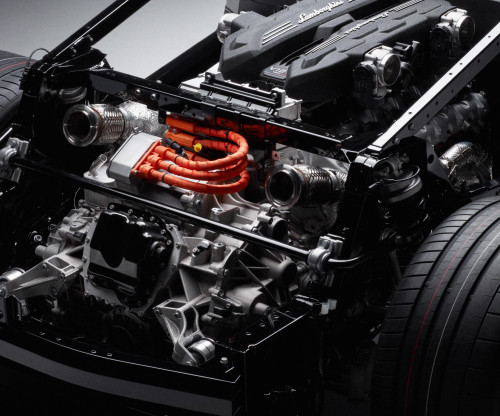
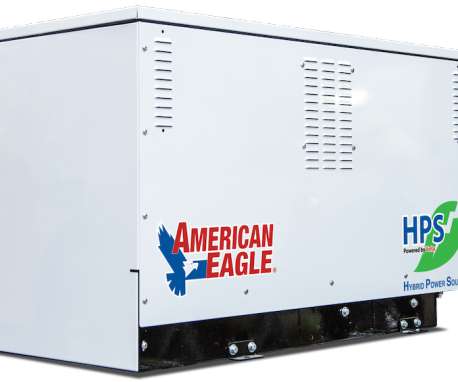

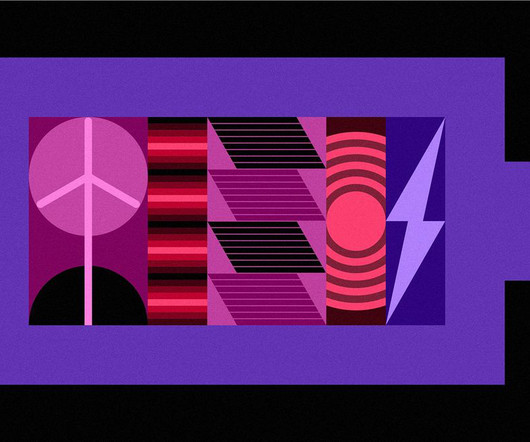


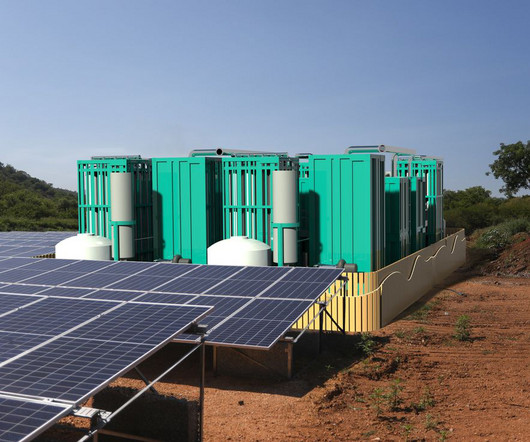


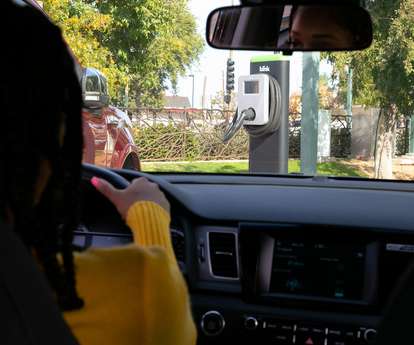





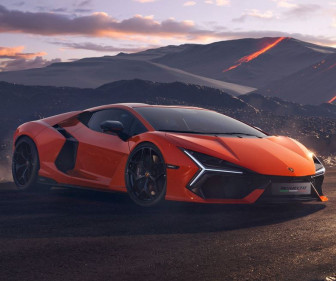
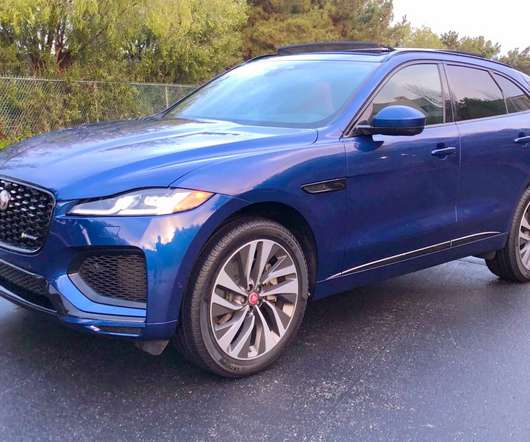

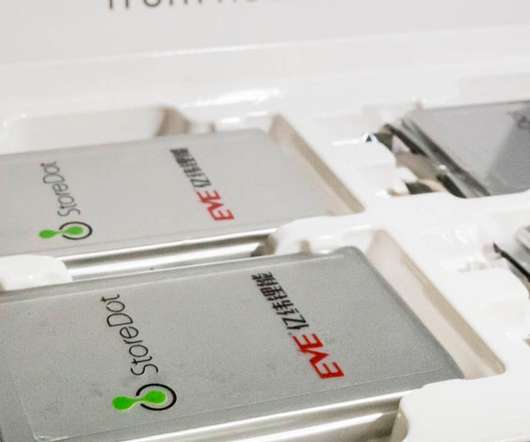


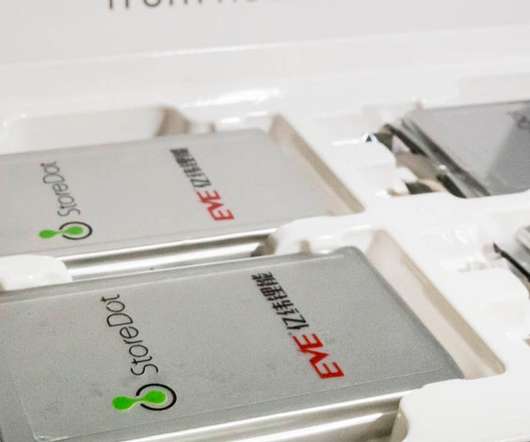
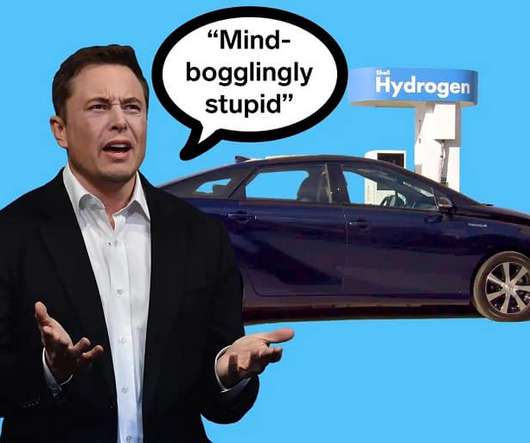
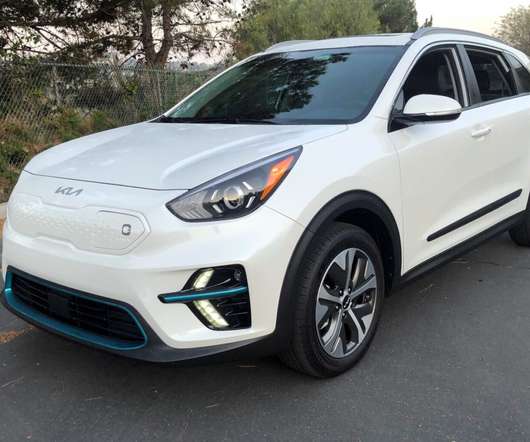

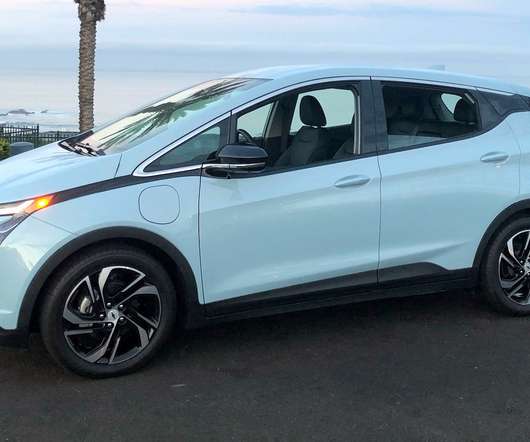
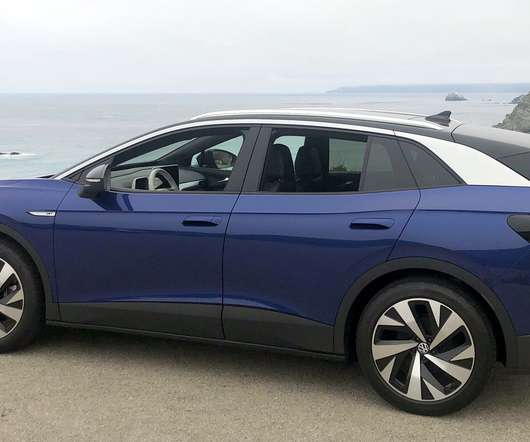






Let's personalize your content